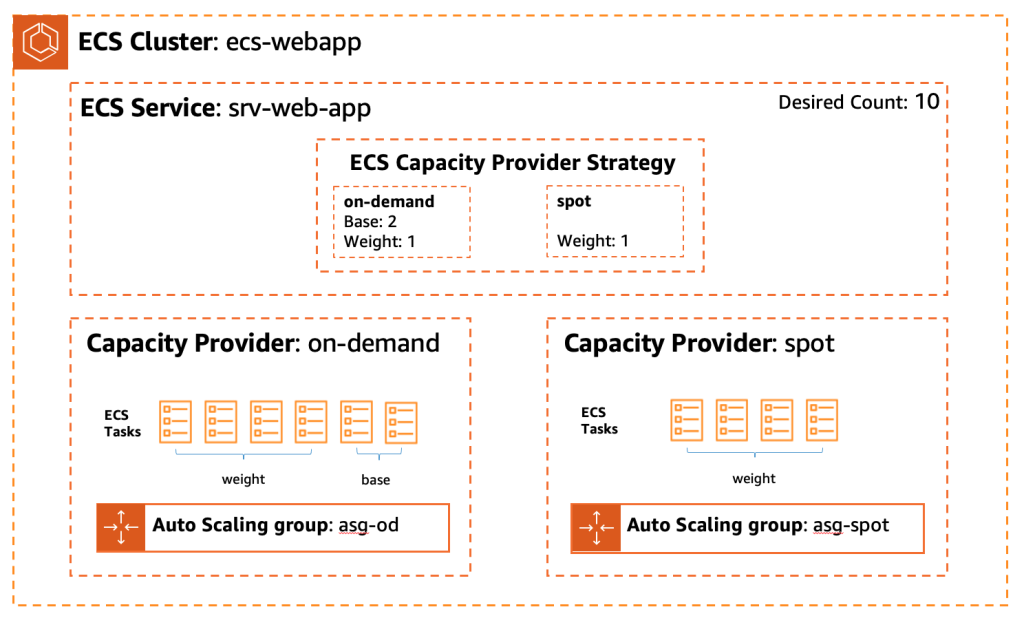Containers
Tag: microservices
Building better container images
Introduction Many applications built today or modernized from monoliths are done so using microservice architectures. The microservice architecture makes applications easier to scale and faster to develop, which enables innovation and accelerating time-to-market for new features. In addition, microservices also provide lifecycle autonomy enabling applications to have independent build and deploy processes, which provides technological […]
Microservices development using AWS controllers for Kubernetes (ACK) and Amazon EKS blueprints
Introduction Microservices architectures make applications easier to scale and faster to develop, which enables innovation and accelerating time-to-market for new features. For business applications with multiple clients (web, mobile, desktop, and smart devices), the application programming interface (API) Gateway microservices design pattern is helpful for adding centralized control and security. Containers and serverless are two […]
Optimize cost for container workloads with ECS capacity providers and EC2 Spot Instances
Amazon EC2 Spot Instances use spare Amazon Elastic Compute Cloud (Amazon EC2) capacity at up to a 90% discount compared to On-Demand prices. Amazon EC2 can interrupt Spot Instances with a two-minute notification when EC2 needs the capacity back. Spot Instances are an ideal option for applications that are stateless, fault-tolerant, scalable, and flexible, such as big data, […]
Backup and restore your Amazon EKS cluster resources using Velero
September 9th, 2023: This post was originally published December 1, 2021. We’ve updated the walkthrough instructions of this blog post to support the latest EKS versions and changes to the Velero Helm chart. Companies worldwide are adopting containers to encapsulate their microservices, and many of them choose Kubernetes for automating deployment, scaling, and managing their […]
Implementing the Saga Orchestration pattern with Amazon EKS and Amazon SNS
This blog post proposes an ecommerce scenario with an Orders microservice, an Orders Rollback microservice and an Inventory microservice that communicate with each other. This communication happens while raising an order successfully or rolling back an order when the Inventory microservice reports an error. This communication is orchestrated with Amazon Simple Notification Service (Amazon SNS) […]
Using Windows Authentication with Linux Containers on Amazon ECS
This post shows how to configure a Linux container running on Amazon Elastic Container Service (Amazon ECS) to connect to a SQL Server database using Windows (or Integrated) Authentication. Windows Authentication is the recommended mechanism to connect to SQL Server databases, but using it can be challenging when running containerized workloads.
Integrating cross VPC ECS cluster for enhanced security with AWS App Mesh
NOTICE: October 04, 2024 – This post no longer reflects the best guidance for configuring a service mesh with Amazon ECS and its examples no longer work as shown. Please refer to newer content on Amazon ECS Service Connect. ——– Customers often have applications owned by different teams in different Amazon ECS clusters. Alternatively, they […]
Connecting services across multiple accounts using AWS App Mesh and Amazon ECS
NOTICE: October 04, 2024 – This post no longer reflects the best guidance for configuring a service mesh with Amazon ECS and its examples no longer work as shown. Please refer to newer content on Amazon ECS Service Connect. ——– Today, many customers are adopting microservices. This approach breaks down software from a a single […]
Amazon CloudWatch Prometheus metrics now generally available
Imaya Kumar Jagannathan, TP Kohli, and Michael Hausenblas In Using Prometheus Metrics in Amazon CloudWatch we showed you how to use the beta version of the Amazon CloudWatch supporting the ingestion of Prometheus metrics. Now that we made this feature generally available we explore its benefits in greater detail and show you how to use […]
Using Prometheus Metrics in Amazon CloudWatch
Imaya Kumar Jagannathan, Justin Gu, Marc Chéné, and Michael Hausenblas Update 2020-09-08: The feature described in this post is now in GA, see details in the Amazon CloudWatch now monitors Prometheus metrics from Container environments What’s New item. Earlier this week we announced the public beta support for monitoring Prometheus metrics in CloudWatch Container Insights. […]









